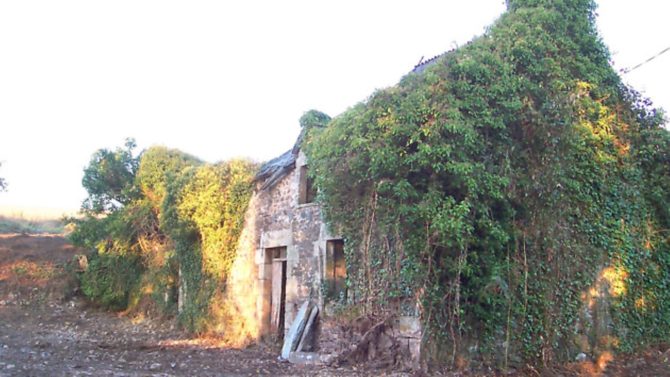Permission accomplished: French planning applications

Having given an overview of the planning process last month, Arthur Cutler continues with a guide to the different planning applications in France
Welcome to the second in a series of articles on planning permission for your French home. In this issue we’ll be looking more closely at different types of planning permit in more detail, examples of the types of project covered by each, and how to decide which is the most appropriate for the most likely type of application for more common projects.
Certificat d’urbanisme
There are two types of CU application: CU(a) and CU(b). The former is mostly used to obtain general information about a plot of land and any relevant taxes applicable to it.
By contrast, the latter is often referred to as an ‘operational’ application, similar in some ways to outline permission in the UK, and is used to ascertain whether a particular project can be carried out, for example, if a parcel of land can be used to construct one or more dwellings. Detailed plans are not required at this stage, but a brief description of what is proposed, plus a site plan and photographs, especially if there are any existing buildings (whether or not the project involves these) will be needed.
A CU application can also be a useful and inexpensive way to find out whether a building currently not used as a dwelling can be converted into one – for example, a barn or a former dwelling that has fallen into ruin. This can be particularly useful where there are no local regulations governing rural properties, and where national rules apply (see part one).
Anyone can apply for a CU, whether they own the land or not. A CU(a) usually takes one month to be issued, and a CU(b) usually takes two months, but it can be longer. If a CU is granted, it is valid for a period of 18 months and can be renewed at the end of each period of validity provided regulations governing the land do not change in the meantime.
If renewal is not requested in time, a new application will be required. Although it would be unusual for land to be classified as constructible at one time, and then fall outside of the that zone at a later date, it can happen. A detailed planning application can be submitted at any time during the course of validity of the CU, and if granted it essentially takes the place of the previous CU in terms of validity and timescale.
Déclaration préalable
This type of application is most often used to deal with minor modifications to an existing property such as the addition of velux windows, replacement of wooden windows and doors with uPVC, converting a garage to living space (or vice versa), and the construction of a garden shed, polytunnel or greenhouse, all of which require permission. It is worth mentioning that in France, any change to the external appearance of a property requires a permit of one kind or another, no matter how small or insignificant the change may seem.
As a general rule, minor works that create less than 20m² of surface de plancher (living space), or emprise au sol (footprint) can be dealt with by a DP application. This is sometimes extended to 40m² where a property is within a developed area of the town.
A DP application is handled in a slightly different manner to most others, in that there is no necessity for the planners to issue a response. Automatic approval, and a right to proceed exists if the authorities do not refuse within a month of receiving the dossier.
However, if additional information or documentation is requested within the month, then the clock is reset from when they receive the missing details. The authorities also have the right to extend the normal one-month period under certain circumstances – for example, where the property is close to a church or other historic monument, is situated in a national park, or otherwise in a protected zone.
Permis de construire
For most types of project not covered by a CU or DP, a permis de construire will be needed –such as for most new-builds, extensions and conversions above the floor area or footprint limits noted above. There are different types of PC application depending on the project, and the timescale can vary between two and six months. Once more, there are set time limits in which the authorities are obliged to respond, and a failure to do so will result in an automatic right to proceed with work. However, there is still the possibility to overturn the automatic right within a three-month period of its start date if the application is judged to have been illegal at the outset.
Permis de démolir
There is no automatic right to demolish all or part of an existing building, even when it is in very poor condition. Sometimes the local mairie can give authorisation without an official application, but always get it in writing. At other times, a full dossier will need to be submitted with appropriate plans and photographs.
Permis d’aménager
This is generally used for larger developments such as housing estates (lotissements), industrial or leisure facilities such as theme parks or public gardens, and solar or wind farms. It is also used for campsites and public fishing lakes. Due to the huge range of possible applications we will do no more than mention it here for reference purposes as readers may occasionally come across it or need to use it for a specific project.
Arthur Cutler is director of French Plans, which offers a planning and design service throughout France
Tel: 0033 (0)2 97 39 38 72
Share to: Facebook Twitter LinkedIn Email


